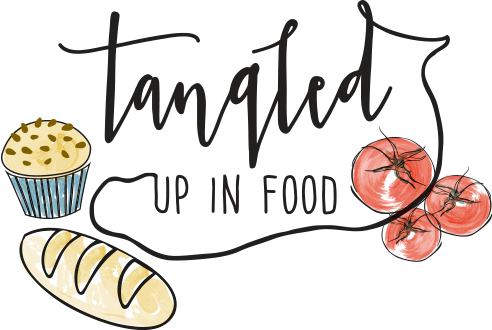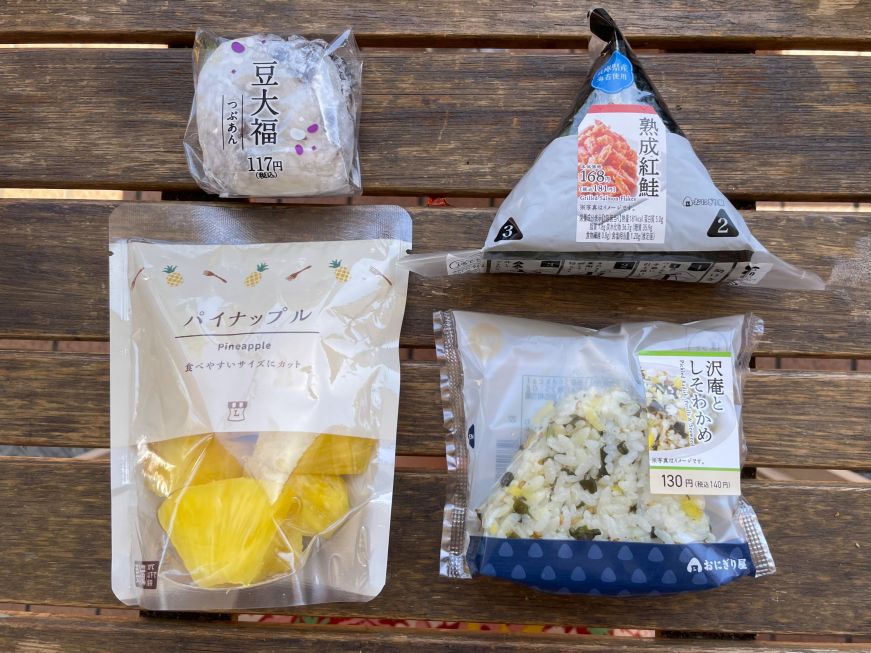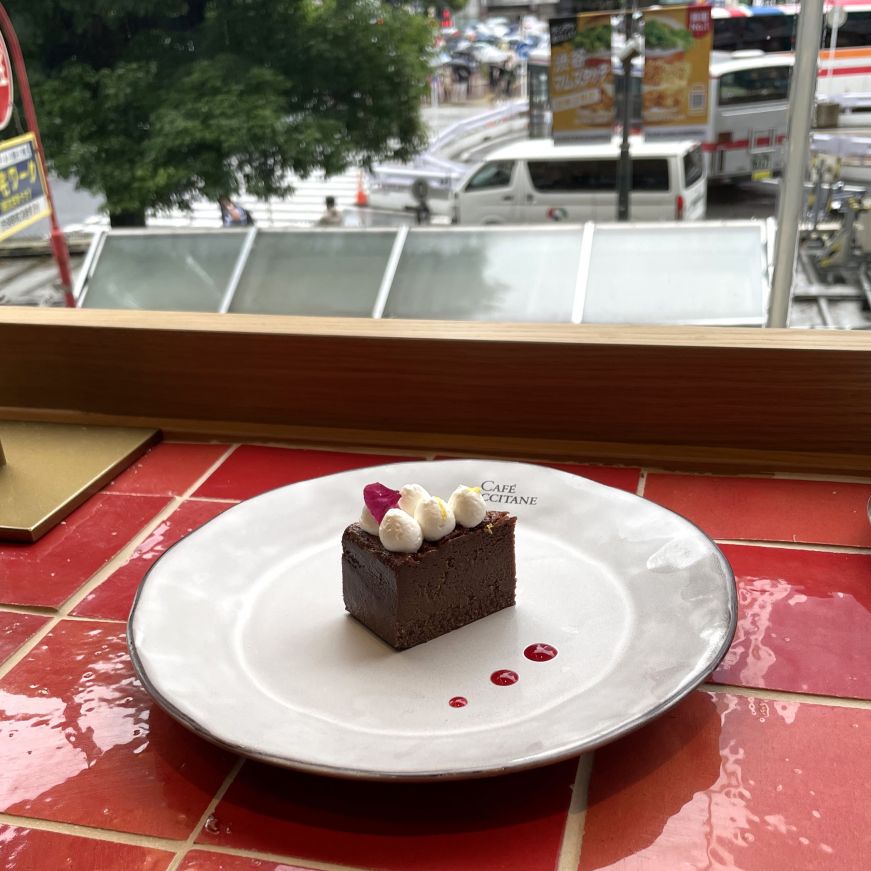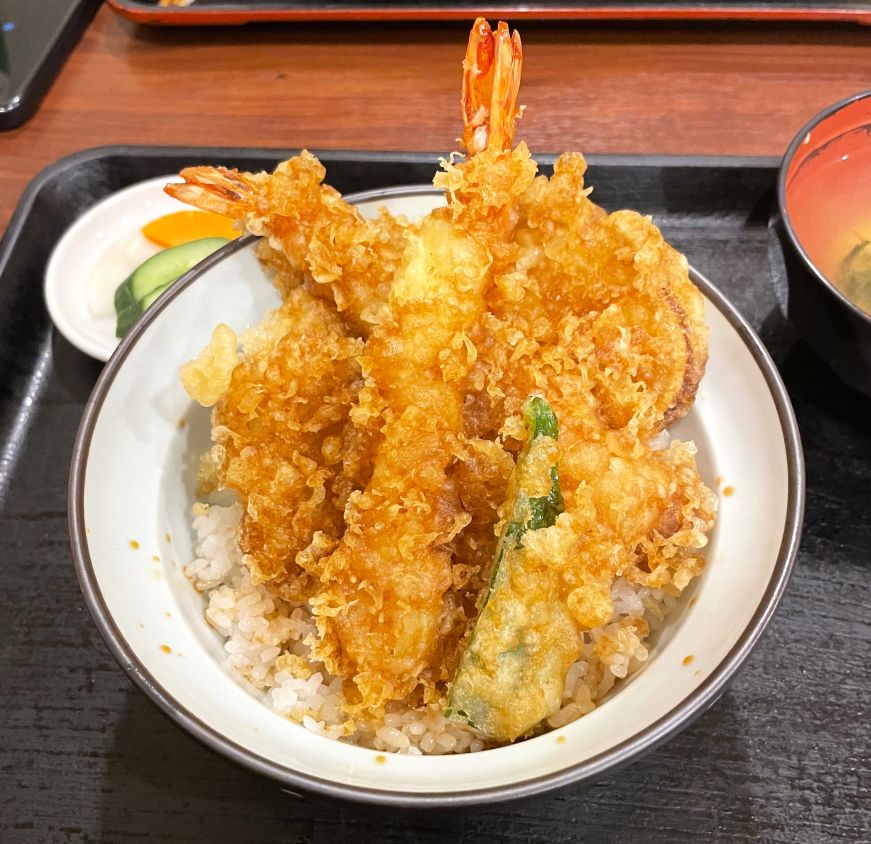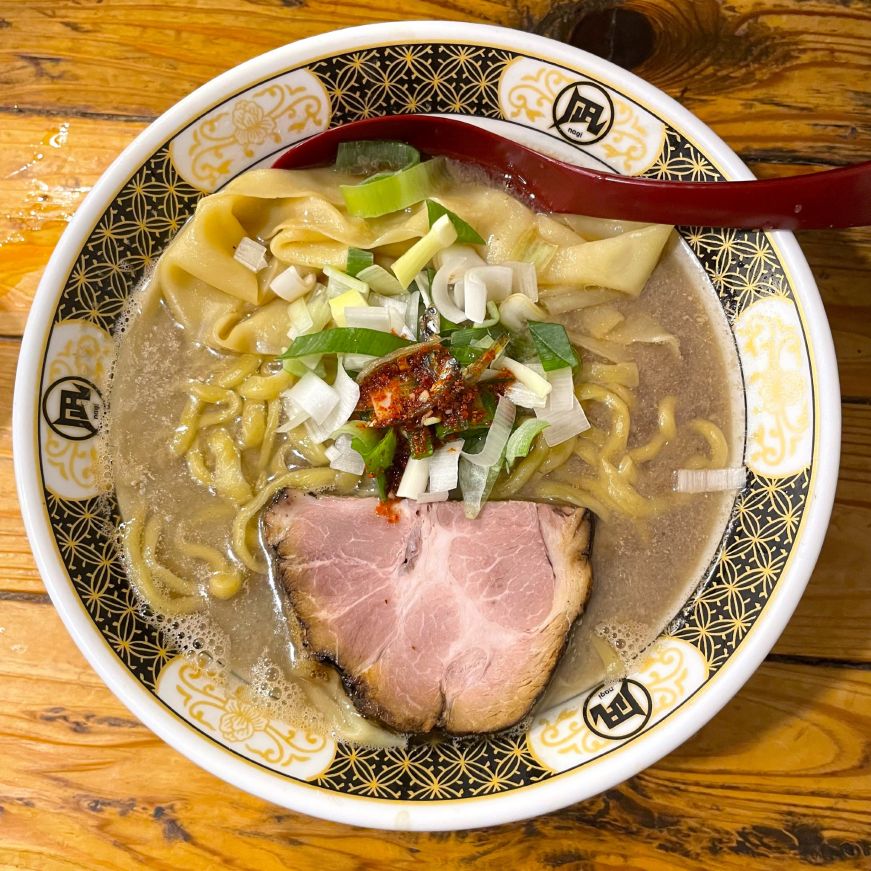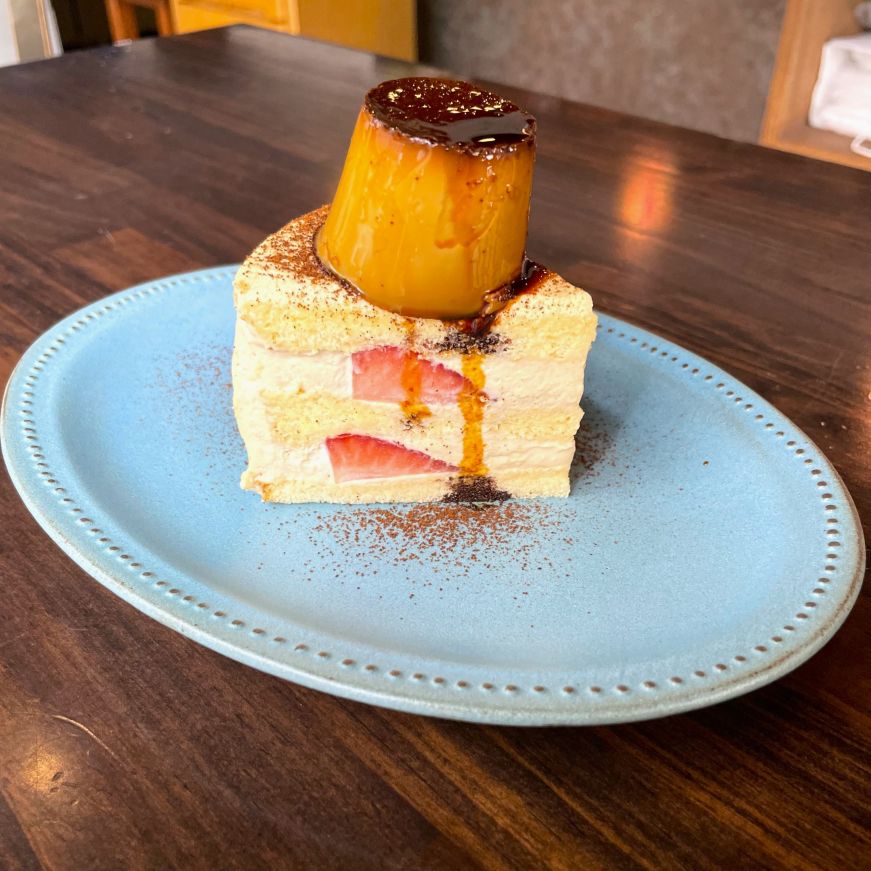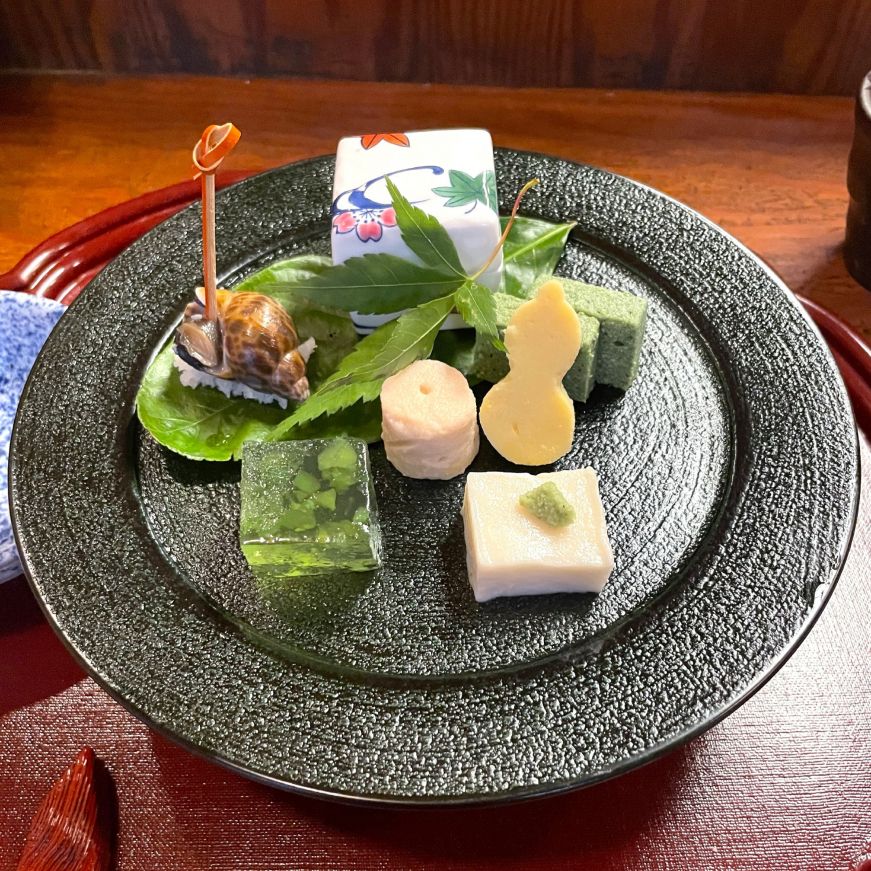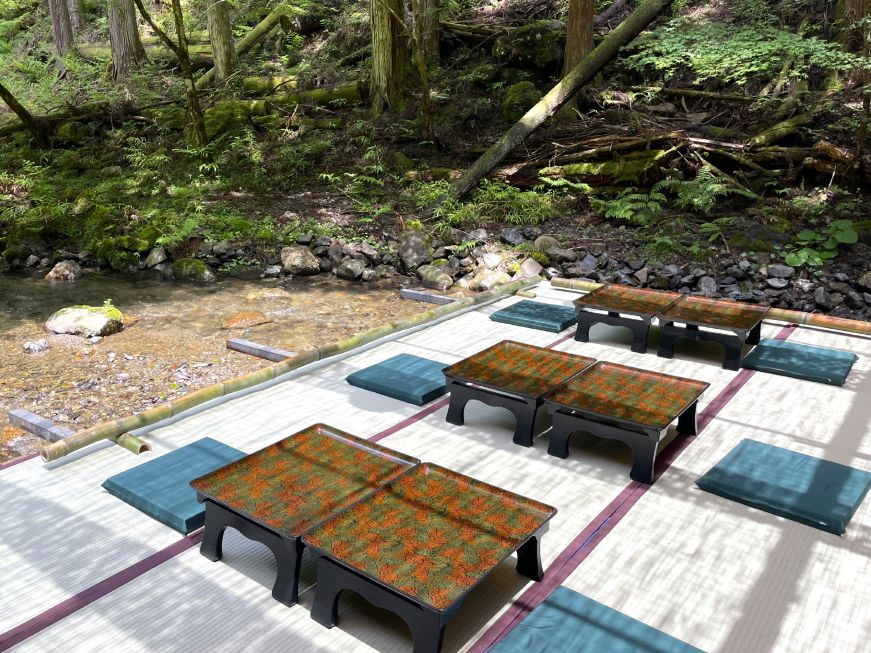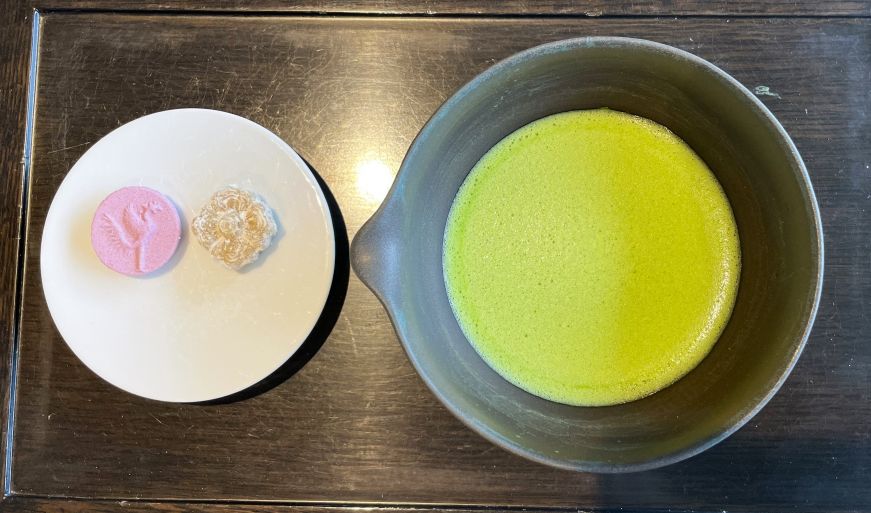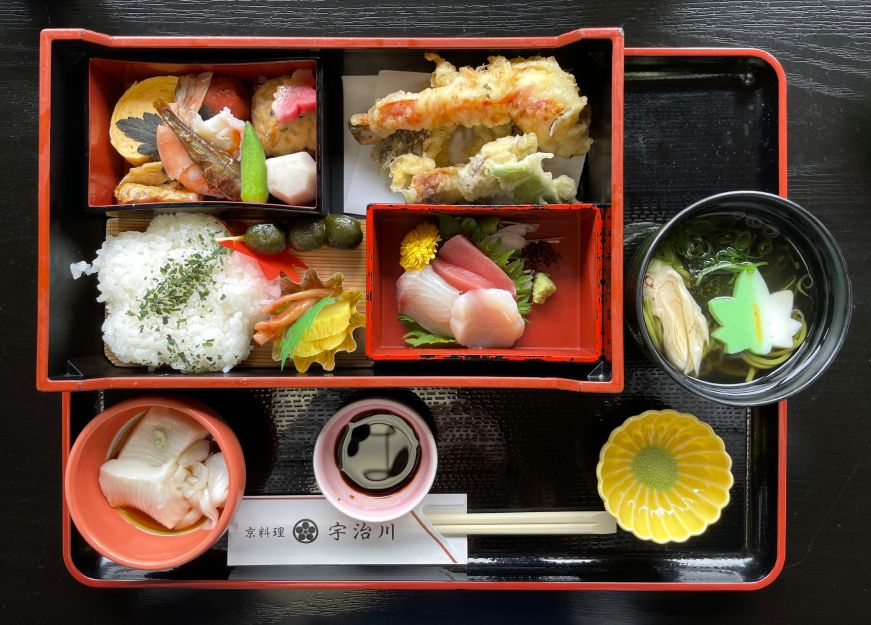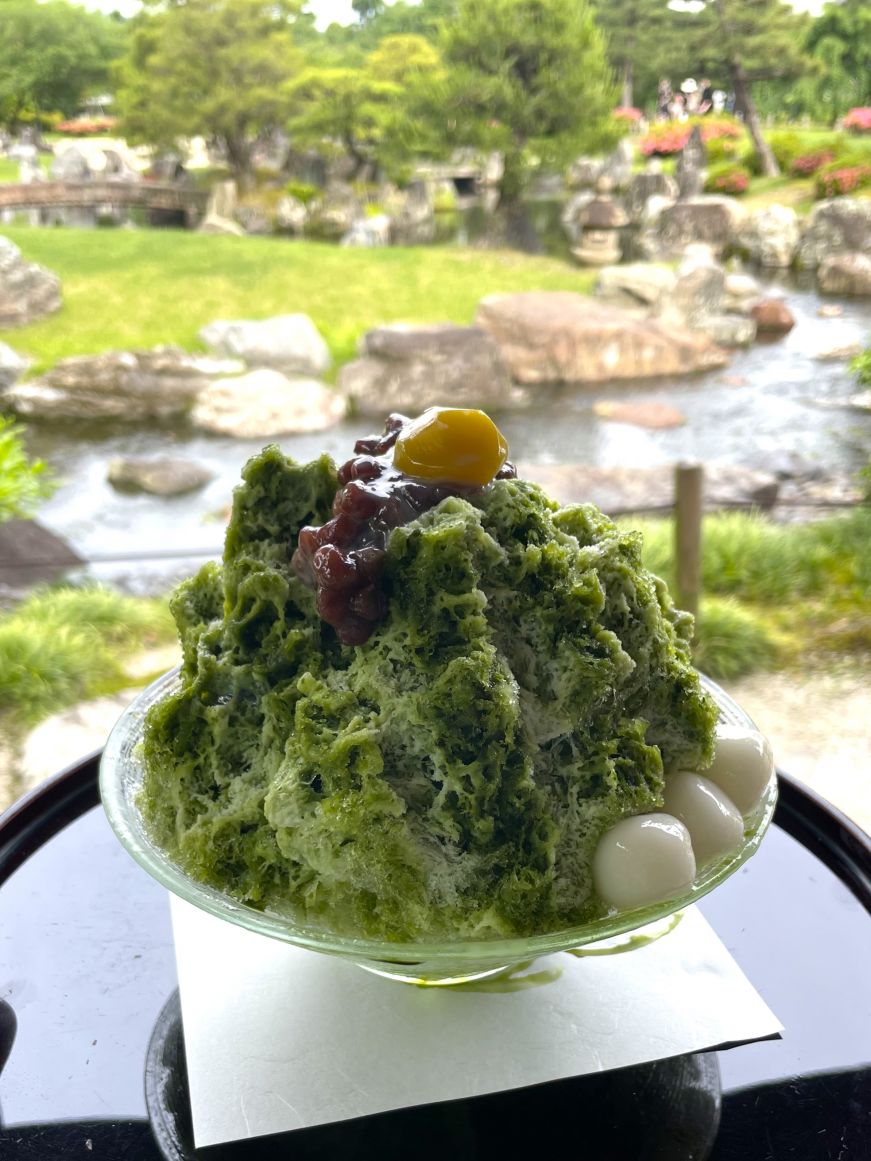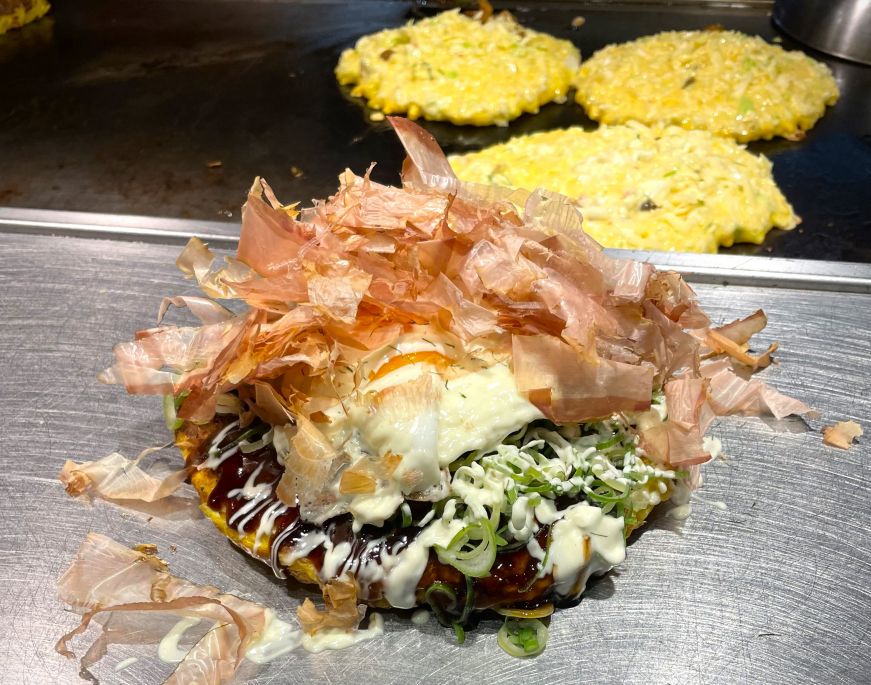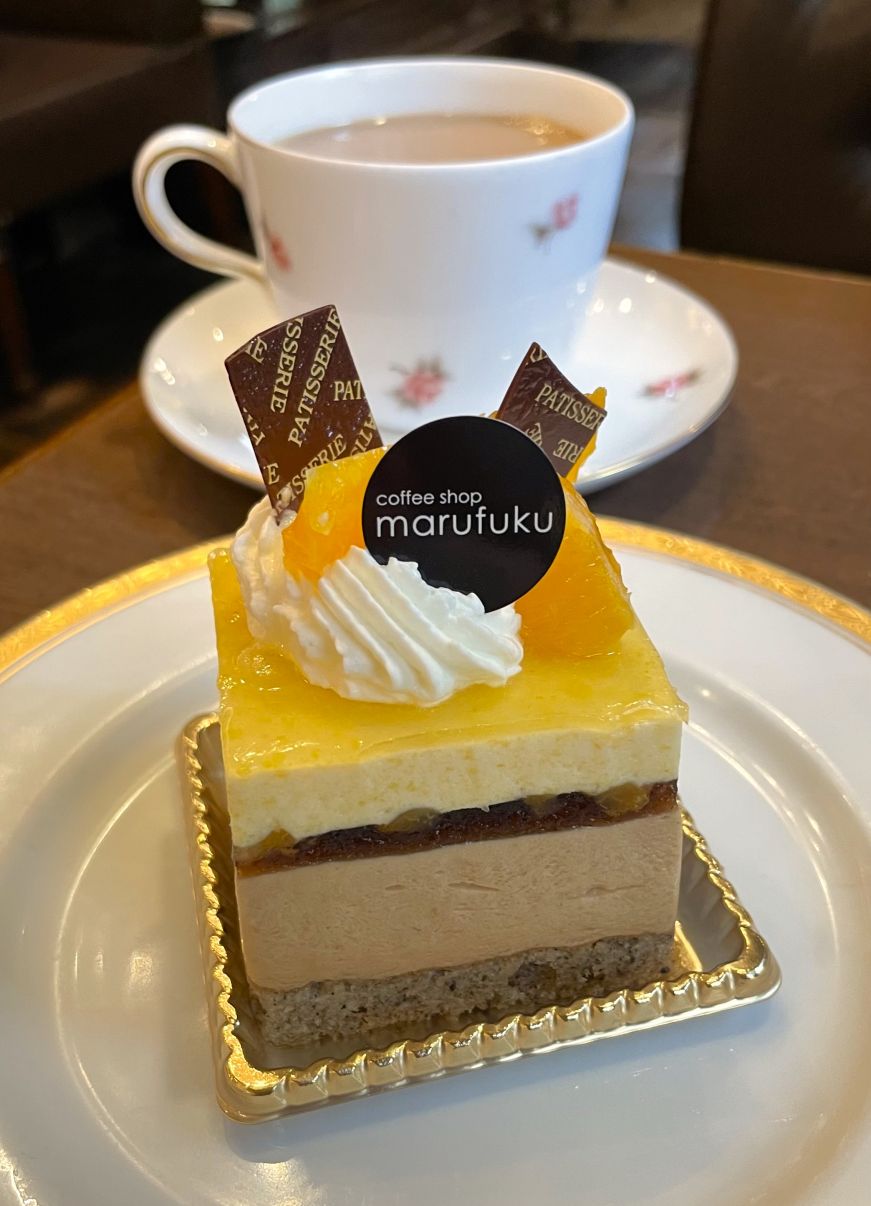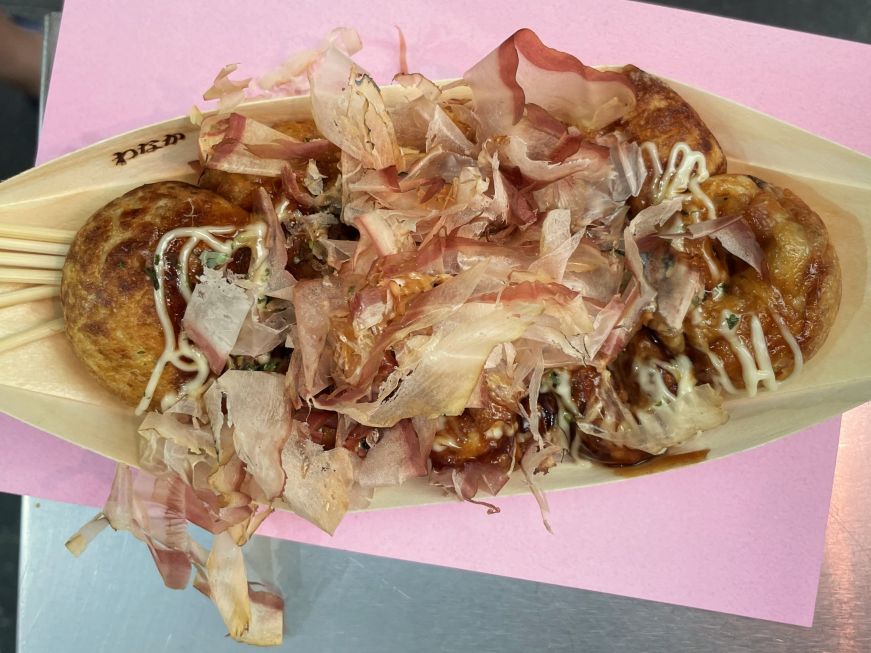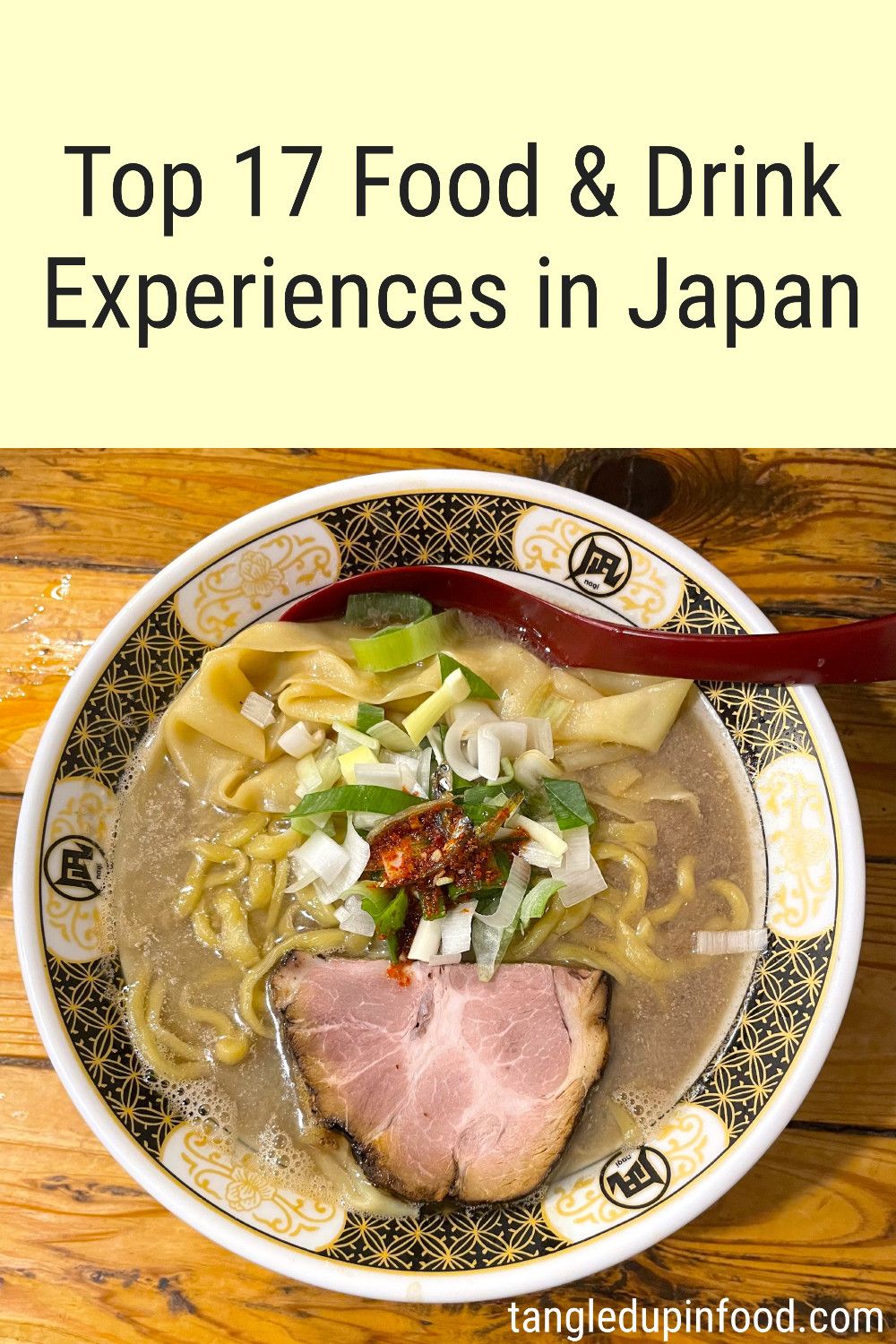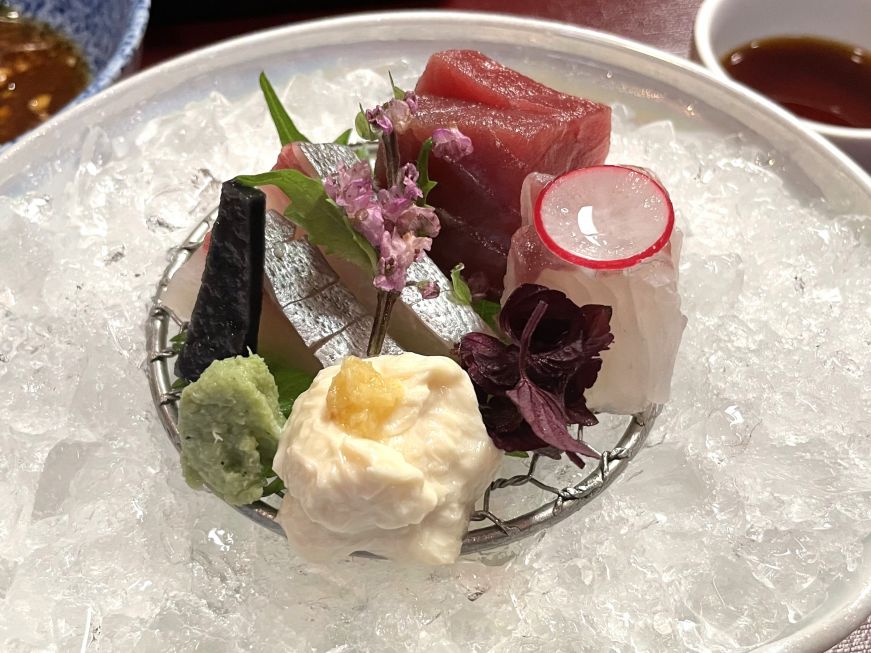
Ramen, sushi, udon, tempura, mochi—Japan has an incredibly rich cuisine, with specialties that are popular worldwide. As I planned my trip to Japan, I knew that dining would be a highlight, but I wasn't expecting Japanese food culture to be such a multi-sensory experience. Meals are carefully prepared and presented, often featuring a balanced assortment of dishes. The quality of food (at all price points) was noticeably better than the U.S., and I was constantly impressed by how delicious everything tasted.
Here are my favorite food and drink experiences from my 12 days in Japan, including foods that are available throughout Japan as well as experiences specific to Tokyo, Kyoto, and Osaka.
1. Shopping at convenience stores
Unlike their U.S. counterparts, Japanese convenience stores have a huge variety of fresh, high-quality food, including onigiri (rice balls filled with fish, meat, or vegetables), sushi, sandwiches, salads, bento boxes, noodles dishes, and fruit, plus an impressive selection of baked goods, beverages, candy, and snacks, all at budget-friendly prices. Between 7-11, Lawson, and Family Mart, if you're in an urban area you're never more than a few blocks from a convenience store. Convenience stores were our go-to breakfast stop, as well as where we purchased items for some lunches and snacks. I wish that we had similar options for affordable, delicious, wholesome food in the U.S.—we're really missing out.
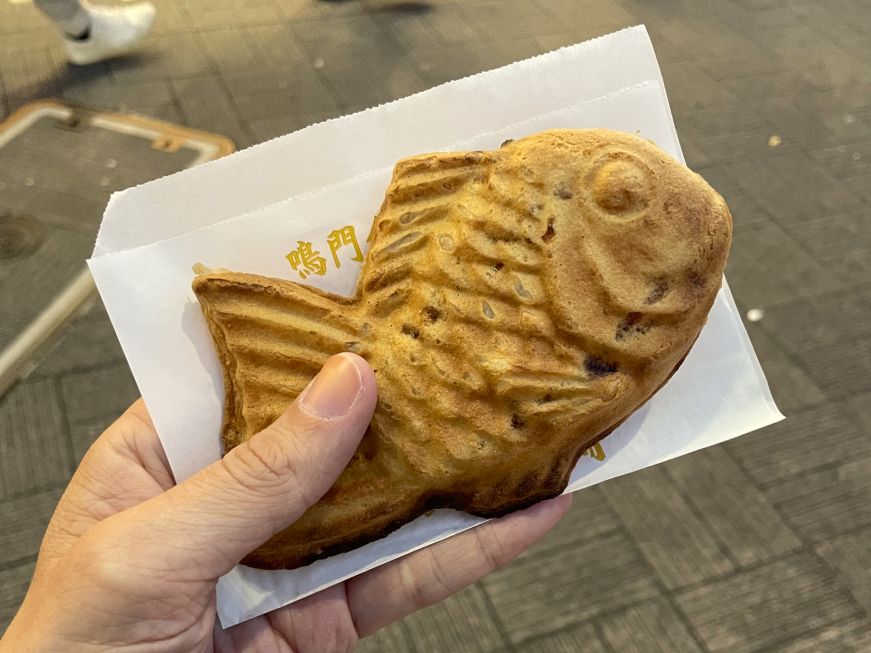
2. Eating street food
In addition to marvelous convenience stores, Japan has innumerable street food vendors providing tasty, affordable eats. In Japan, attention to detail isn't limited to fine dining—the edges of my taiyaki, a fish-shaped waffle with a sweet filling, were carefully trimmed before it was handed it to me. Some of my favorite items were a red bean-filled taiyaki from Naruto Taiyaki Honpo (a chain with locations throughout the country); an opera cake crepe from the Patisserie Marion Crepes food truck in Tokyo's Harajuku neighborhood; and mozzarella cheese-filled 10 yen bread, which seems to be available anywhere touristy.
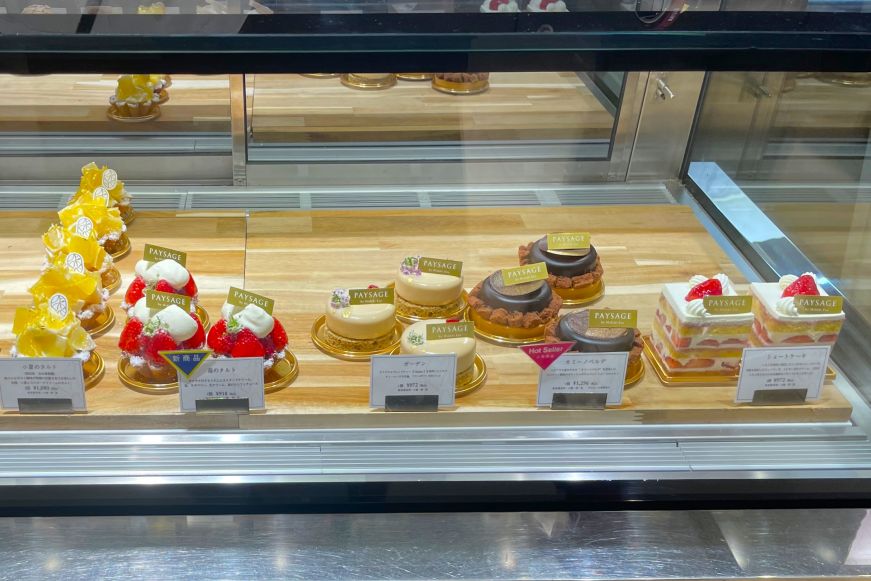
3. Ogling the display cases at department store food halls
Japanese department stores, or depato, are a neat way to get a feel for Japan's aesthetically-focused culture. Depato span several floors, and in addition to clothing, accessories, and home goods, there's typically a food hall in the basement, a travel agency, restaurants, cafes, and at the Isetan location we visited in Tokyo, a funeral home and a rooftop garden with a Shinto shrine. I loved browsing the desserts in the food halls, which are merchandised like fine jewelry in carefully lit glass cases with a clerk in attendance. The cakes, candies, and other items were exquisite, often with mind-boggling prices—we opted to feast with our eyes.
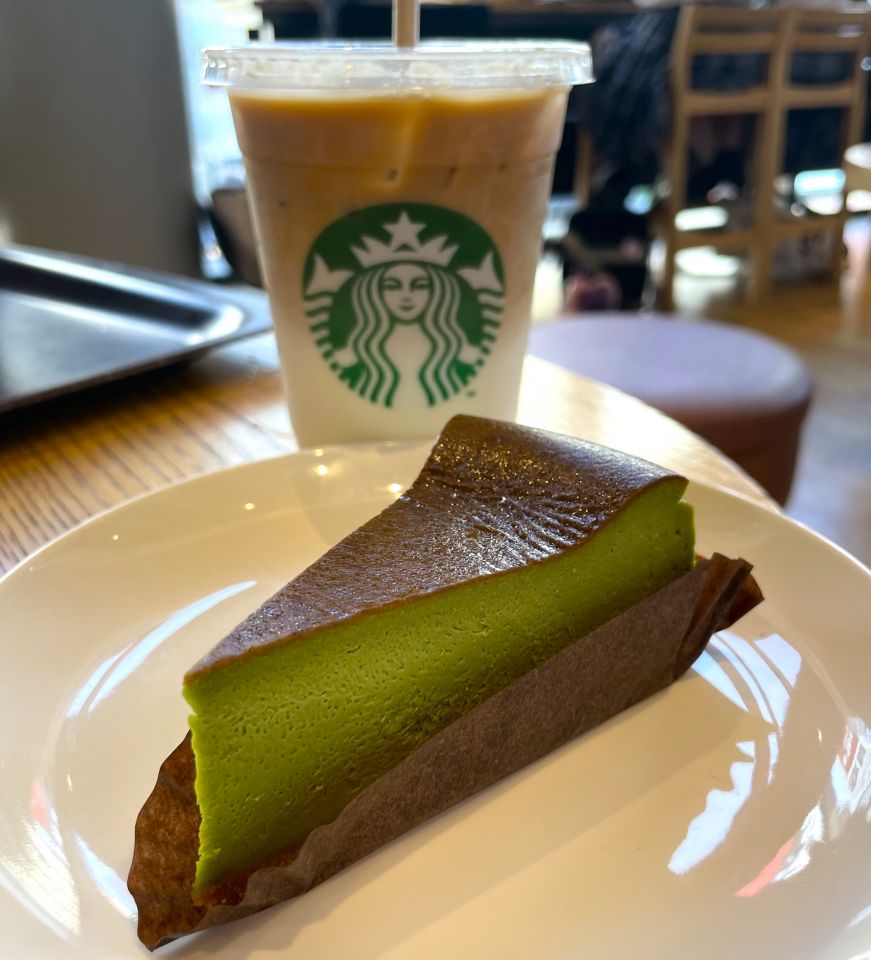
4. Discovering the unique menu items at Japanese Starbucks
It seems counterintuitive to eat at a U.S.-based chain when you're traveling abroad, but I've found that menu items are often tailored to local tastes. That's definitely the case at Japanese Starbucks, where the food items are completely different than the U.S. menu. I loved the Uji matcha cheesecake and sweet milk coffee, and there were also melon-flavored doughnuts and Frappucinos. Many of the free-standing Starbucks locations felt more upscale than their U.S. counterparts, with textile art and lots of natural light.
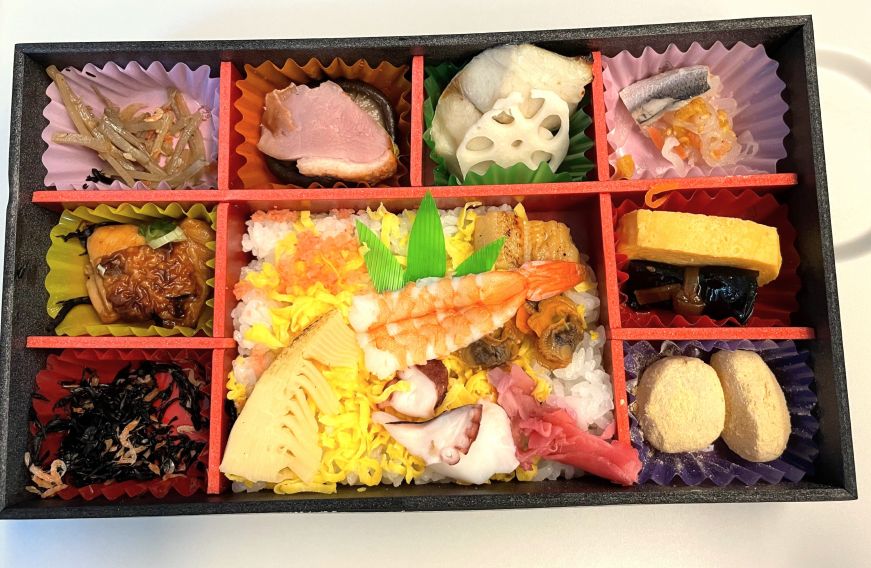
5. Getting bento boxes to eat on the Shinkansen
Eating on mass transit is typically taboo in Japan, but the long-distance Shinkansen bullet train is an exception. Buying a bento meal, or ekiben, to eat on board is part of the experience. We bought ekiben for our Tokyo-Kyoto journey at Ekibenya Matsuri in Tokyo's central station—it's an ekiben-only shop known for its selection of hundreds of bentos, including self-heating bentos, kids' bentos in train-shaped boxes, and bentos with regional specialties from different parts of Japan.
Mike tried a self-heating bento, which uses an enclosed chemical pouch to warm up the food. All he had to do was pull a string, wait a few minutes, and then enjoy rice with shredded pork and noodles topped with beef. I opted for an elaborate seasonal ekiben and was treated to over a dozen different dishes carefully arranged in tiny compartments, including pickles, fish, pork, chicken, an omelet, mushrooms, rice topped with seafood, and mochi. I'm not exactly sure what it all was, but it was delightful to look at and eat.
Tokyo
6. Watching Shibuya Crossing from L'Occitane Cafe
Our first full day in Tokyo was quite rainy, so we took a break from sightseeing with a fancy lunch at the L'Occitane Cafe overlooking the Shibuya Scramble Crossing (it's the world's busiest pedestrian intersection, with up to 3,000 people crossing per green light). I know, I know, it's an in-store cafe at a French skincare chain, but the view of the teeming pedestrian masses was fun and the food was quite good. We got the set meal, which included coffee or tea, an entree—I got a salmon salad with bread, Mike got a cassoulet—and a miniature chocolate cake for dessert.
7. Stopping for a tempura lunch at Amairo
We ate lots of tempura during our trip, but the best was at Amairo in Tokyo's historic Asakusa neighborhood. The service was very warm (even by Japanese standards) and the tempura was terrific. We each got the tempura bowl set meal, with pickles, miso soup, and a bowl of rice topped with tempura shrimp, fish, sweet potato, mushrooms, and zucchini. The batter was so crisp and delicate that it was more akin to a lacy tuile cookie than a savory deep-fried dish, and the seafood and vegetables within were perfectly cooked.
8. Eating ramen at Ramen Nagi Shinjuku Golden Gai
My experience with the long lines at L'Antica Pizzeria da Michele in Naples convinced me that it's rarely worth waiting for food on vacation—there's usually a perfectly good but not as hyped place down the street. However, we spent an hour standing in an alley waiting for two of the ten seats at Ramen Nagi Shinjuku Golden Gai, and it was one of the best culinary decisions of our trip. The chain specializes in niboshi ramen, a style made with a dried fish and pork-based broth. Each bowl has two types of noodles (the usual thin curly ramen noodles plus broad, flat ones) and is topped with a slab of pork, green onions, tiny sardines, and a sweet-hot chili sauce. It was truly one of the best things I’ve ever eaten—the flavors were so beautifully blended together and the umami notes were so intense that it was like fireworks exploding in my brain. Plus, the setting was perfect: elbow-to-elbow with our fellow diners in a tiny second-floor space, watching the cook carefully prepare each bowl.
9. Slowing down for breakfast at Tsubasa Coffee
After a day of sightseeing Mike described as "grueling" (we hiked up Mount Takao, waited an hour for ramen, and went to Tokyo Metropolitan Government Building observatory twice), we opted for a more leisurely morning with a sit-down breakfast at Tsubasa Coffee in Shinjuku. Our espresso drinks were excellent—gorgeous latte art, perfectly prepared—but the creative, beautifully presented desserts stole the show. I got the strawberry pudding cake, a white cake layered with a pudding filling and fresh strawberries and topped with a miniature panna cotta. It was delightful to start my day with something so pretty.
Kyoto
10. Savoring a kaiseki meal at Tousuiro Gion
Kaiseki is a traditional multi-course Japanese dinner using fresh, seasonal ingredients and preparations that are intended to balance the taste, texture, and appearance of the food. Every detail is carefully considered, including the dishes the food is served in, and each course is exquisitely garnished. Meals follow a set pattern, with an appetizer, sashimi, a simmered dish, a grilled dish, and a steamed course, plus other dishes at the discretion of the chef such as a rice dish, pickled vegetables, and dessert.
Our kaiseki meal at Tousuiro Gion was an edible work of art in a lovely setting. The restaurant is located in a converted 130-year-old merchant house in a historic neighborhood, and they specialize in tofu. As someone who eats a primarily vegetarian diet at home, I have eaten a lot of tofu, but I've never had it like this—there was tofu made from a variety of ingredients in addition to the traditional soy, the texture was incredibly smooth, and the flavors were delicate but pronounced. The sashimi, which looked like jewels glistening on a bed of ice, was another highlight.
11. Eating ice cream on the river seats at Kokon Fujiya
Kibune, a small village near Kyoto, is famous for its kawadoko, or platform-style restaurants that are built over the river. Most are upscale kaiseki spots, but Kokon Fujiya is a more casual cafe. We each got an ice cream and pudding parfait (matcha ice cream with matcha pudding for me, vanilla ice cream with black tea pudding for Mike) and paid the cover charge for river seats. Sitting cross-legged over the river, surrounded by burbling water and a lush forest, felt like a relaxation video brought to life.
12. Sipping tea at Sabo Toka at Byodoin Temple
Built in the 11th century, Byodoin Temple has immense cultural and religious significance to the Japanese people (if it looks familiar, it may be because it's depicted on the 10 yen coin). After walking around the temple grounds and visiting the museum, we had some extra time before our next activity and decided to stop at the on-site tearoom, Sabo Toka. We weren't expecting such an exquisite experience: the green tea is grown locally and blended in-house, and cups of tea come with tiny pressed cookies imprinted with temple's symbols. There was an elaborate process for how Mike was expected to prepare his green sencha tea (luckily our server spoke English and the menu included English-language instructions). I opted for the matcha, which had an incredible earthy flavor, a balanced hint of bitterness, and a luxurious creamy texture.
13. Treating ourselves to a fancy lunch at Ujigawa
I really love bento boxes, both for the visual appeal and the chance to try little bits of various dishes. My bento lunch at Ujigawa had so many wonderfully prepared components, from tempura and sashimi to chilled soft tofu and a skewer of miniature matcha-flavored dango (sweet rice flour balls). The restaurant itself was a lovely, too—we got counter seats by the window on the second floor, which has traditional tatami mats and overlooks the Uji River.
14. Splurging on shave ice at Waraku-an Sabo at Nijo-jo Castle
We hit our sightseeing limit after an hour or so at Nijo-jo Castle. It was hot, there wasn't any shade, and the details of the various buildings, shoguns, and emperors had all started blend together. There was a historic tea house strategically positioned with a prime view of one of the gardens, and we were more than happy to buy an overpriced iced coffee and shave ice so that we could sit down in the shade and enjoy the tranquil view. The coffee was adequate, but the shave ice was a delight: lavishly drizzled with matcha and condensed milk and served with a scoop of sweetened azuki beans, fruit, and mochi. It was flavorful, refreshing, and exactly what I needed to enjoy the rest of my day.
Osaka
15. Watching the cooks prepare okonomiyaki at Chibo
Okonomiyaki is an Osaka specialty: it's a savory pancake with a bunch of fillings mixed in—often cabbage, meat, and seafood—and then a bunch of toppings, typically mayonnaise, okonomiyaki sauce (a mixture of Worcestershire sauce, ketchup, and soy sauce), and bonito flakes. At some spots, you cook it yourself on a tabletop griddle. I wasn't up for that, so we had dinner at Chibo, a okonomiyaki chain with a multi-story restaurant in the Dotonbori neighborhood.
My Dotonbori okonomiyaki was an absurd amount of food in a deceptively small package: pork, shrimp, squid, cheese, beef, and konjac (a root vegetable) plus a topping of green onion and a sunny-side up egg. It was delicious, but my favorite part of the experience was watching the cooks expertly churn out okonomiyaki after okonomiyaki from our griddle-side bar seats.
16. Sipping coffee at Marufuku Coffee Shop Sennichimae
Completely by chance, we ended up at the Marufuku Coffee Shop flagship location in the Sennichimae neighborhood and decided to stop for coffee and a snack. The interior looks like it's barely changed since the shop was founded in 1933, with lots of dark woodwork, stained glass, and antique furnishings (plus the shortest bathroom sinks I have ever encountered outside an elementary school—Japanese women in the 1930s were tiny!) The menu features coffee made using a unique roasting and brewing method passed down by the founder, pancakes, and housemade desserts, and everything is served on elegant china. I enjoyed a cafe au lait with a piece of orange tea cake, and felt like a lady of leisure in a bygone era.
Over the past 90 years, Marufuku Coffee Shop has expanded to nearly 30 locations, and their other shops have a more uniform, contemporary decor. The Sennichimae shop is somewhat famous and a destination for Japanese tourists, and it's even the setting for a classic Japanese romance novel, Rain of Roses by Seiko Tanabe.
17. Touring Kuromon Market with an amazing guide
Thanks to Anna, our tour of Kuromon Market was the highlight of our time in Osaka. We booked a tour from Osaka Food Tours via Get Your Guide and really lucked out by getting such a knowledgeable, personable guide. In addition to trying dishes we never would have sought out on our own, like a whole salted mackerel, grilled eel, tuna sashimi from a wholesale fishmonger, and cherry blossom red bean mochi, Anna gave us detailed information about each dish, Osaka's food culture in general, and the history of the market. Her relationship with the different vendors made the experience even richer, and she translated so we could chat a bit (one vendor was a huge baseball fan and wanted to know where we lived in relation to the L.A. Dodgers). She even added a stop to the itinerary so that I could eat takoyaki (fried, battered octopus), which was the last food on my "must try in Japan" list.
Further reading:
If you enjoyed this post, pin it!
